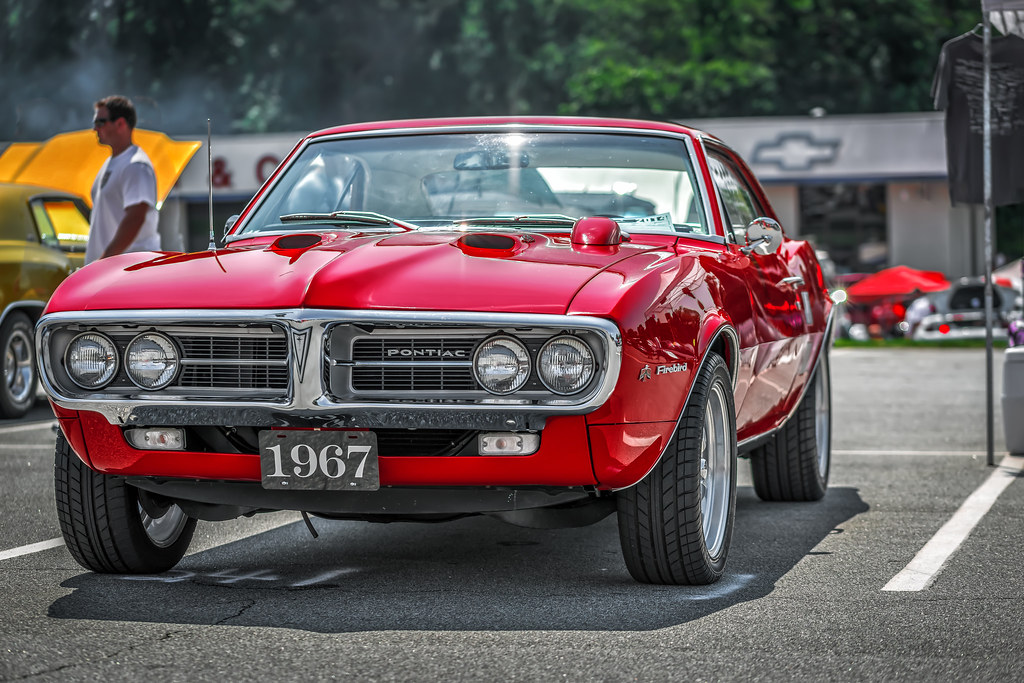Ah, Paris! Just the name conjures images of romance, iconic landmarks, and an undeniable aura of magic. Known affectionately as the ‘City of Light,’ it’s a place that has captivated hearts and minds for centuries, serving not just as France’s vibrant capital, but as a global beacon of culture, innovation, and historical depth. But beyond the picture-perfect postcards, lies a story rich with human drama, political intrigue, and an astonishing evolution that has shaped not just a city, but the course of history itself.
Like the most compelling personal journeys we love to follow, Paris’s narrative is one of constant transformation, marked by moments of profound struggle and dazzling triumph. It’s a tale of people – from ancient tribes to powerful monarchs, revolutionary citizens to world-renowned artists – all leaving their indelible mark on its streets and institutions. This isn’t just about stone and mortar; it’s about the living, breathing spirit of a city that feels almost like a character unto itself, growing, learning, and forever reinventing.
So, prepare to embark on an unforgettable exploration. We’re going to peel back the layers of time, tracing Paris’s incredible journey from its humble, marshy beginnings to its status as a world leader. Get ready to discover the captivating stories behind its enduring charm, its pivotal moments, and the remarkable resilience that has truly made it shine.

1. The Enduring ‘City of Light’: A Global Icon Shines Bright
The nickname “City of Light,” or *La Ville Lumière*, isn’t just a charming moniker for Paris; it’s a profound testament to its long-standing influence and significance. Since the 17th century, Paris has consistently shone as one of the world’s major centers, radiating its light across fields as diverse as finance, diplomacy, commerce, culture, fashion, and gastronomy. This isn’t just a recent phenomenon; it’s a legacy deeply embedded in its very foundations.
Today, Paris continues to hold its esteemed position as the capital and largest city of France. With an estimated city center population exceeding two million and a metropolitan population of over 13 million as of January 2025, it ranks as the fourth-most populous city in the European Union. Its extensive reach and vibrant energy are palpable, drawing people from every corner of the globe to experience its unique blend of history and modernity.
Beyond its cultural allure, Paris is a formidable hub of connectivity. It operates as a major railway, highway, and air-transport center, seamlessly linking France and Europe to the rest of the world. The city is served by three international airports – Charles de Gaulle Airport, Orly Airport, and Beauvais–Tillé Airport – facilitating countless journeys every day. What’s more, Paris boasts one of the most sustainable transportation systems globally, a commitment recognized by its achievement as one of only two cities worldwide to receive the Sustainable Transport Award twice. It truly is a city that moves with purpose and vision, embracing both its past and its future.

2. From Lutetia to Paris: Whispers of Ancient Origins
Before the grandeur and the iconic landmarks, Paris began its life much more modestly, rooted in the mists of antiquity. Around the middle of the 3rd century BC, the Parisii people, a Gallic tribe, inhabited this area. They recognized the strategic importance of the Seine, especially a particular crossing point on the Île de la Cité, which gradually blossomed into an important trading center. These early inhabitants were quite sophisticated, trading with numerous river towns, some as far away as the Iberian Peninsula, and even minting their own gold coins.
Then came the Romans. In 52 BC, Julius Caesar’s legions conquered the Paris Basin, and with their arrival, a Roman settlement began to take root on Paris’s Left Bank. This Roman town was initially known as Lutetia, or more fully, Lutetia Parisiorum – the “Lutetia of the Parisii.” It grew into a prosperous city, boasting all the hallmarks of Roman civilization: a forum, baths, temples, theaters, and an amphitheater, laying down critical urban infrastructure that would influence the city for centuries.
The names themselves tell a story. While Lutetia is interpreted as stemming from a Celtic root meaning ‘mouse’ or ‘marsh, swamp,’ the name Paris is derived directly from its early residents, the Parisii. The precise meaning of their Gaulish ethnonym is still debated, with theories suggesting ‘cauldron people,’ ‘the makers’ or ‘commanders,’ or even ‘spear people.’ Whatever its exact origin, the name roots the city firmly in its indigenous heritage. By the end of the Western Roman Empire, Lutetia had already evolved into “Parisius,” a Latin name that would, in time, become the French “Paris.” And let’s not forget Saint Denis, who introduced Christianity in the mid-3rd century AD, becoming the first Bishop of Paris. His legendary martyrdom on what became Montmartre, and his subsequent burial site at the Basilica of Saint-Denis, established a profound religious significance for the city, a place where many French kings would later be laid to rest.

3. Medieval Heartbeat: Paris as a Budding Capital
As the Roman Empire waned, a new power emerged, and with it, Paris began its transformation into a true capital. In 508, Clovis the Frank, the first king of the Merovingian dynasty, made the city his capital. This marked a significant turning point, cementing Paris’s political importance as Frankish domination of Gaul began and leading to the gradual immigration of Franks, giving birth to the Parisian Francien dialects. It was a period of consolidation and the weaving of diverse cultures into a new fabric.
However, this burgeoning capital was not without its challenges. The 9th century brought the formidable threat of Viking raiders, who sacked the city in 845. Yet, Paris’s strategic importance, particularly its bridges preventing ships from passing further upriver, was firmly established by its successful defense in the Siege of Paris (885–886). This heroic stand propelled the then Count of Paris, Odo of France, to be elected king of West Francia, further solidifying the city’s central role in the emerging French state. From the Capetian dynasty, which began with Hugh Capet’s election in 987, Paris incrementally became the largest and most prosperous city in France.
The late 12th century witnessed Paris flourishing as the undisputed political, economic, religious, and cultural capital of France. Bishop Maurice de Sully initiated the grand construction of the Notre Dame Cathedral in 1163, a colossal undertaking that would take 182 years to complete. The city’s cultural heart began to shift to the Right Bank as marshlands were filled in, and a new city marketplace, today’s Les Halles, replaced older, smaller ones. Philip Augustus further fortified the city, extending the Louvre fortress, giving Paris its first walls between 1190 and 1215, rebuilding its bridges, and paving its main thoroughfares. Crucially, he transformed Paris’s former cathedral school into the University of Paris in 1190, a beacon of learning that attracted students from across Europe. By 1328, with 200,000 inhabitants, Paris surpassed London (which had 80,000 in 1300) to become the most populous city in Europe, though it also faced the less glamorous side of urban life, with some medieval streets even being named after human waste, a fascinating glimpse into the realities of early urbanization.
4. Royal Intrigue and Reformation: A City Forged in Conflict
Paris, ever at the heart of French affairs, found itself embroiled in centuries of conflict, each leaving its mark on the city’s character. The Hundred Years’ War cast a long shadow, with Paris occupied by England-friendly Burgundian forces from 1418. The English, under Henry V, outright entered the French capital in 1420. Despite the legendary efforts of Joan of Arc to liberate the city in 1429, Paris remained under English occupation until 1436. These years were undoubtedly a period of great hardship and resistance for its citizens, shaping a resilient spirit that would be tested again and again.
The late 16th century brought another devastating period: the French Wars of Religion. Paris became a staunch stronghold of the Catholic League, a fervent group whose actions led to one of the most tragic events in French history – the St. Bartholomew’s Day massacre on August 24, 1572. Thousands of French Protestants were brutally killed in a horrifying episode that underscored the depth of religious divisions within the nation. It was a dark chapter, but one that eventually paved the way for a new era.
Peace arrived with Henry IV, who, as pretender to the throne, wisely converted to Catholicism to gain entry to the capital and claim the crown in 1594. His reign ushered in a period of significant urban improvement, a testament to his desire to heal and modernize his city. Henry IV commissioned Paris’s first uncovered, sidewalk-lined bridge, the Pont Neuf, a marvel of its time. He also extended the Louvre, connecting it to the Tuileries Palace, and created the city’s first residential square, the beautiful Place Royale, now known as Place des Vosges. These thoughtful developments aimed to improve city circulation and quality of life, though the inherent narrowness of Paris’s older streets, a constant challenge for urban planners, tragically played a contributing factor in his assassination near Les Halles marketplace in 1610.
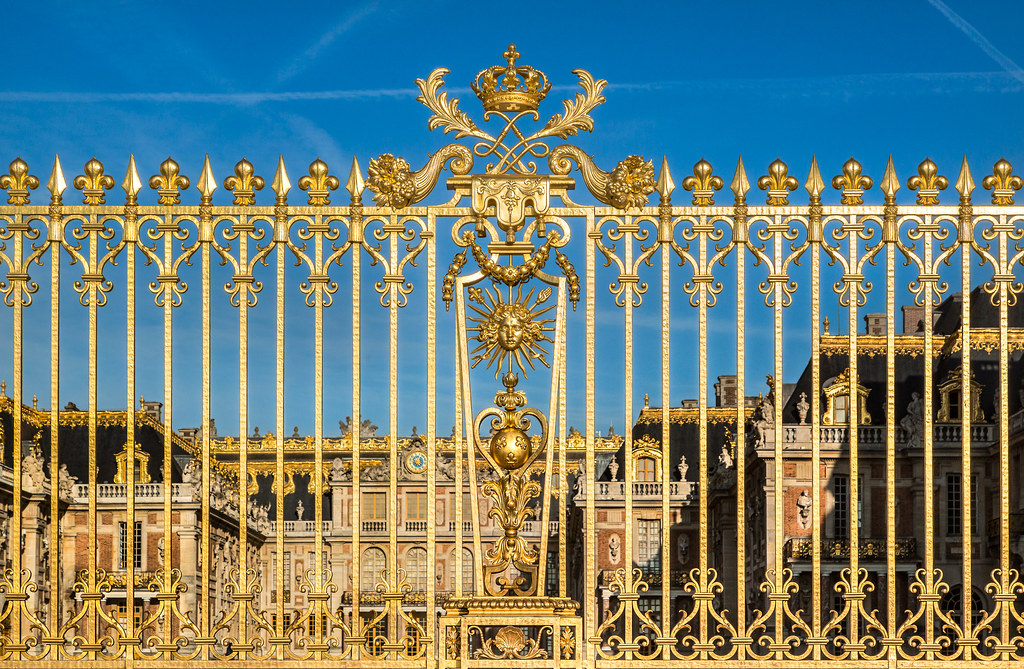
5. The Sun King’s Legacy: Grand Visions and Architectural Flourishes
The 17th century saw Paris continue its ascent as a European powerhouse, largely thanks to the ambitious vision of Cardinal Richelieu, chief minister to Louis XIII. Richelieu was unwavering in his determination to transform Paris into the most beautiful city in Europe. He embarked on a series of impressive public works, constructing five new bridges, a magnificent new chapel for the College of Sorbonne, and an opulent palace for himself, initially named the Palais-Cardinal, which would later be renamed the Palais-Royal after his death in 1642. His efforts laid crucial groundwork for the city’s enduring aesthetic.
However, Paris faced internal strife during the Fronde civil war, a series of uprisings that ultimately led Louis XIV, the legendary Sun King, to make a monumental decision. In 1682, he moved his court from the bustling, politically volatile capital to a magnificent new palace he built at Versailles, outside the city. This move, while seemingly a withdrawal, paradoxically allowed Paris to further develop its unique identity. Even without the royal court, arts and sciences continued to flourish spectacularly within the city. Institutions like the Comédie-Française, the Academy of Painting, and the French Academy of Sciences cemented Paris’s reputation as an intellectual and cultural beacon.
Louis XIV, despite residing primarily in Versailles, left an indelible architectural legacy on Paris, eager to demonstrate that the city was secure and grand. He famously ordered the city walls demolished, replacing them with elegant, tree-lined thoroughfares that would become the iconic Grands Boulevards we know today. His reign also saw the creation of other significant landmarks, including the Collège des Quatre-Nations, the stately Place Vendôme, the triumphal Place des Victoires, and the magnificent Les Invalides, a complex originally built as a home and hospital for aged and unwell soldiers. Each of these structures added layers of beauty and functionality, permanently imprinting the Sun King’s grand vision onto the Parisian cityscape, proving that even from a distance, his influence was profound.

6. Revolution’s Roar: Paris in the Tumultuous Age of Enlightenment
As the 18th century dawned, Paris experienced significant population growth, surging from approximately 400,000 in 1640 to 650,000 by 1780. The city expanded westward with the creation of a new boulevard, the Champs-Élysées, extending towards Étoile. Simultaneously, the working-class neighborhood of the Faubourg Saint-Antoine, on the city’s eastern side, became increasingly crowded with poor migrant workers from other regions of France. This period of intellectual ferment, coupled with its role in education and sciences, solidified Paris’s reputation as the ‘City of Light’ during the Age of Enlightenment.
However, this era of illumination soon gave way to the fire of revolution. The summer of 1789 saw Paris become the undeniable center stage of the French Revolution, a cataclysmic event that would reshape France and inspire movements worldwide. On July 14, a determined mob seized the arsenal at the Invalides, acquiring thousands of guns, which they then used to storm the Bastille, a powerful symbol of royal authority and oppression. This dramatic act sparked a chain of events that forever altered the nation’s trajectory.
In the immediate aftermath, the first independent Paris Commune, or city council, convened at the Hôtel de Ville, electing the astronomer Jean Sylvain Bailly as Mayor on July 15. The royal family, Louis XVI and his queen, were brought to Paris and incarcerated in the Tuileries Palace. As the revolution grew increasingly radical, the Reign of Terror descended upon France in 1793. The king, queen, and mayor, along with over 16,000 others across the country, met their end by guillotine. The property of the aristocracy and the church was nationalized, and the city’s churches were closed, sold, or demolished, a stark reflection of the revolution’s sweeping and often brutal zeal. This intense period of upheaval in Paris continued until November 9, 1799, when Napoleon Bonaparte seized power as First Consul, bringing an end to the tumultuous revolutionary factions, and initiating a new era for the city.” , “_words_section1”: “1945
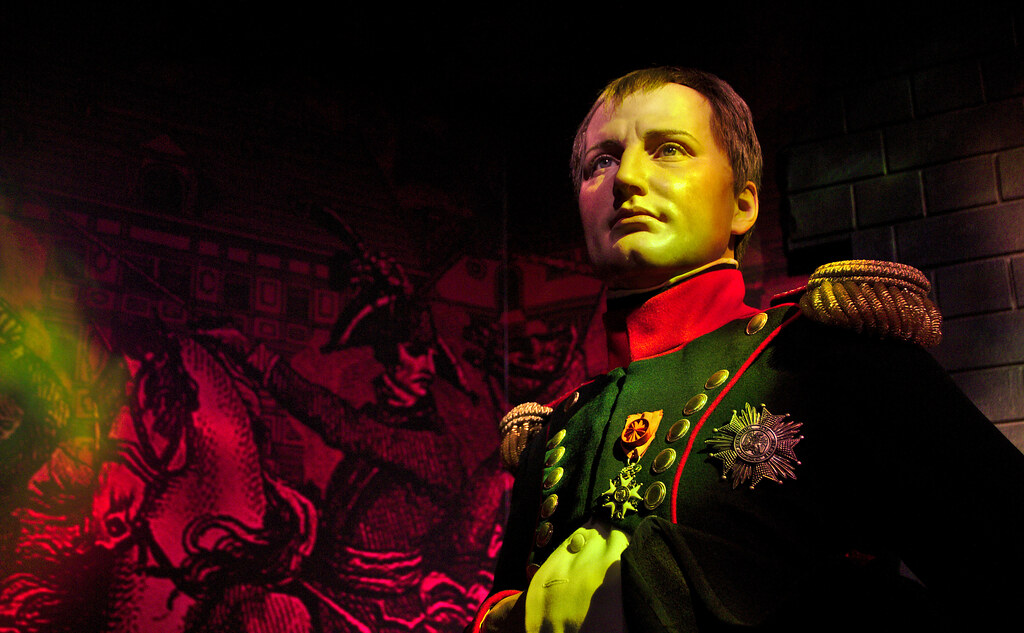
7. Haussmann’s Grand Transformation: Reshaping the Parisian Soul
After the intense upheaval of the Revolution, Paris, like a phoenix, began to rise, its population rebounding dramatically. Napoleon Bonaparte, stepping in as First Consul, wasted no time in replacing the city’s elected government with a prefect directly accountable to him. This era saw the initial seeds of grand urban design sown, as he commissioned awe-inspiring monuments like the Arc de Triomphe and invested in vital infrastructure, including new fountains, the Canal de l’Ourcq, and the city’s first metal bridge, the Pont des Arts. These early efforts were just a prelude to the monumental changes that would redefine the Parisian landscape.
Yet, it was under the visionary leadership of Napoleon III, alongside his brilliant and sometimes controversial Prefect of the Seine, Georges-Eugène Haussmann, that Paris truly underwent its most radical metamorphosis. From 1853 to 1870, they embarked on an unprecedented public works project, tearing down medieval alleyways to create the wide, elegant boulevards that are now synonymous with Paris. Imagine the ambition: a new opera house, a modernized central market, state-of-the-art aqueducts, an extensive sewer system, and grand parks like the Bois de Boulogne and Bois de Vincennes, all meticulously planned to create a city of unparalleled beauty and efficiency. Haussmann’s distinctive cream-grey ‘Paris stone’ façades became a signature, creating a harmonious and instantly recognizable urban aesthetic.
This grand redesign wasn’t just about aesthetics; it was about modernizing a sprawling metropolis and expanding its reach. In 1860, Napoleon III officially annexed surrounding towns, integrating them into the city and creating the 20 clockwise-spiraling arrondissements we know today. This expansion gave Paris its modern form and significantly increased its area, a testament to the era’s forward-thinking approach to urban planning. While the population growth of the mid-19th century initially spurred these changes, the enduring impact of Haussmann’s work speaks volumes about his profound influence on the city’s very fabric, creating the elegant, livable Paris cherished by millions today.
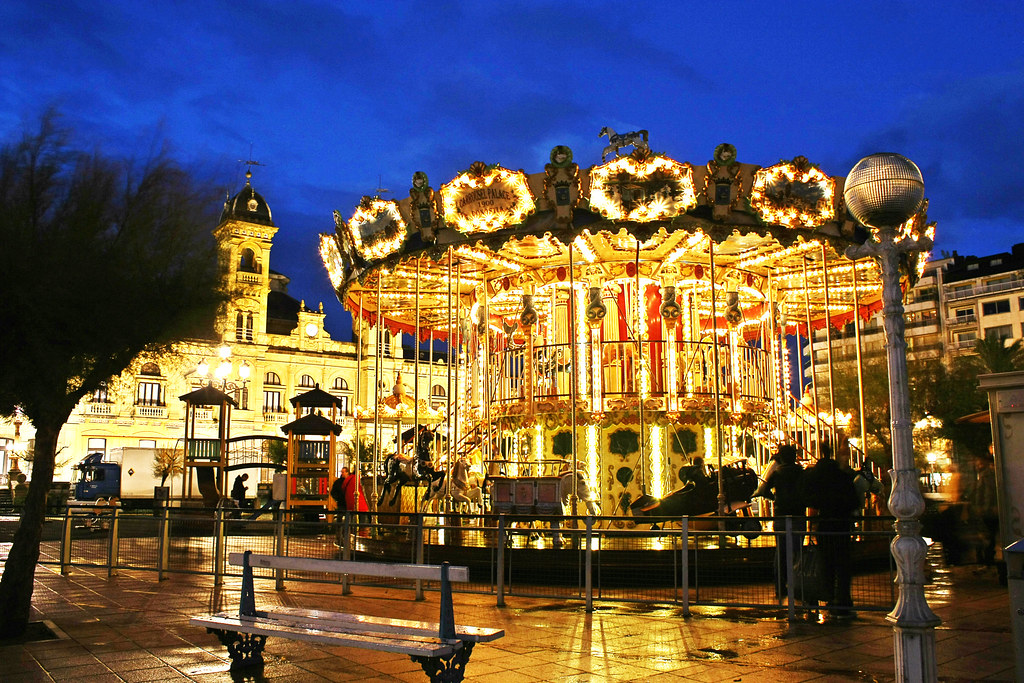
8. The Belle Époque’s Dazzle: Art, Innovation, and Enduring Spirit
Even after enduring the hardships of the Franco-Prussian War and the brief, tumultuous period of the Paris Commune, Paris refused to be defined by conflict. Instead, the late 19th and early 20th centuries ushered in the glorious Belle Époque, a ‘Beautiful Era’ characterized by peace, prosperity, and an explosion of artistic and technological innovation. It was a time when the city truly flexed its creative muscles on the global stage, inviting the world to witness its wonders.
The Universal Expositions of 1889 and 1900 were dazzling showcases of Parisian ingenuity and artistic flair. The 1889 Exposition famously unveiled the magnificent Eiffel Tower, a structure that initially shocked but quickly captivated the world, becoming an enduring symbol of Paris itself. The 1900 Exposition further adorned the city with architectural gems like the Pont Alexandre III, the majestic Grand Palais, the charming Petit Palais, and, perhaps most transformative of all, the inauguration of the first Paris Métro line, revolutionizing urban transportation and connectivity. These events cemented Paris’s reputation as a leader in design and progress.
But the Belle Époque wasn’t just about grand structures; it was a vibrant crucible of culture. Paris became a veritable laboratory for groundbreaking artistic movements. Literary giants like Émile Zola championed Naturalism, while Charles Baudelaire and Paul Verlaine explored the depths of Symbolism. In the world of art, Impressionism flourished with masters like Courbet, Manet, Monet, and Renoir, painting the city in new, vibrant hues. As the new century dawned, Paris continued to attract artists from every corner of the globe – think Pablo Picasso, Modigliani, and Henri Matisse – who pushed boundaries, giving birth to Fauvism, Cubism, and abstract art, making Paris the undisputed avant-garde capital of the world. Even authors like Marcel Proust delved into new literary approaches, capturing the intricate tapestry of Parisian life.
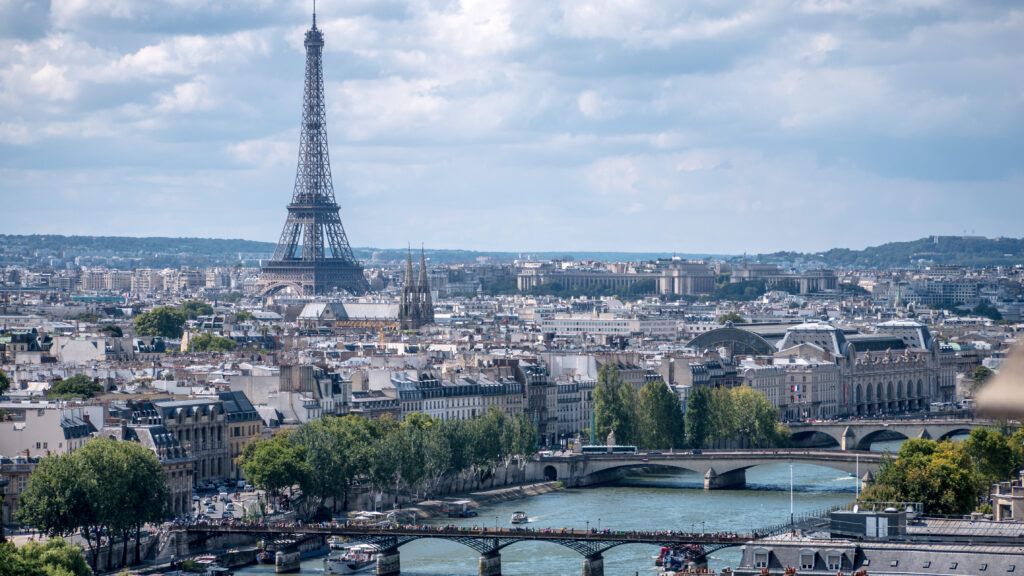
9. Through the Crucible: Paris in the 20th Century’s Great Trials
The 20th century presented Paris with challenges unlike any it had faced before, testing its resilience in the fires of global conflict. During the First World War, the city found itself perilously close to the front lines. In a poignant and highly symbolic moment, hundreds of Parisian taxis were famously pressed into service, transporting thousands of soldiers to the front at the First Battle of the Marne, a testament to the city’s collective spirit. Despite enduring bombings by Zeppelins and shelling from German long-range guns, Paris held strong, its resolve unwavering.
Following the war, the city burst into an era affectionately known as *Les Années Folles* – the ‘Crazy Years.’ Paris became a magnetic hub, a mecca where writers, musicians, and artists from all over the world converged, drawn by its electric atmosphere and creative freedom. Imagine Ernest Hemingway crafting his prose in a café, Igor Stravinsky composing, James Joyce seeking inspiration, and the legendary Josephine Baker dazzling audiences. It was a time of unprecedented artistic flourishing and cultural exchange, drawing figures like Eva Kotchever, Henry Miller, Anaïs Nin, Sidney Bechet, and Salvador Dalí, all contributing to Paris’s reputation as a global creative beacon. Beyond the glitz, the city also welcomed a growing number of students and activists from French colonies and other Asian and African nations, many of whom, like Ho Chi Minh, Zhou Enlai, and Léopold Sédar Senghor, would later become leaders in their own right, shaping the future of their countries.
However, the shadows of conflict returned with the Second World War. On June 14, 1940, the German army marched into a Paris declared an “open city,” initiating a painful occupation. One of the darkest chapters unfolded on July 16-17, 1942, when French police, under German orders, rounded up nearly 13,000 Jews, including thousands of children, confining them at the Vel d’Hiv before their tragic transport to Auschwitz. This harrowing event left an indelible scar. Yet, the spirit of Paris could not be broken. On August 25, 1944, the city erupted in celebration as it was liberated by the French 2nd Armoured Division and the U.S. 4th Infantry Division, with General Charles de Gaulle leading an emotional parade down the Champs-Élysées, delivering a rousing speech from the Hôtel de Ville, marking a profound moment of triumph and renewed hope.
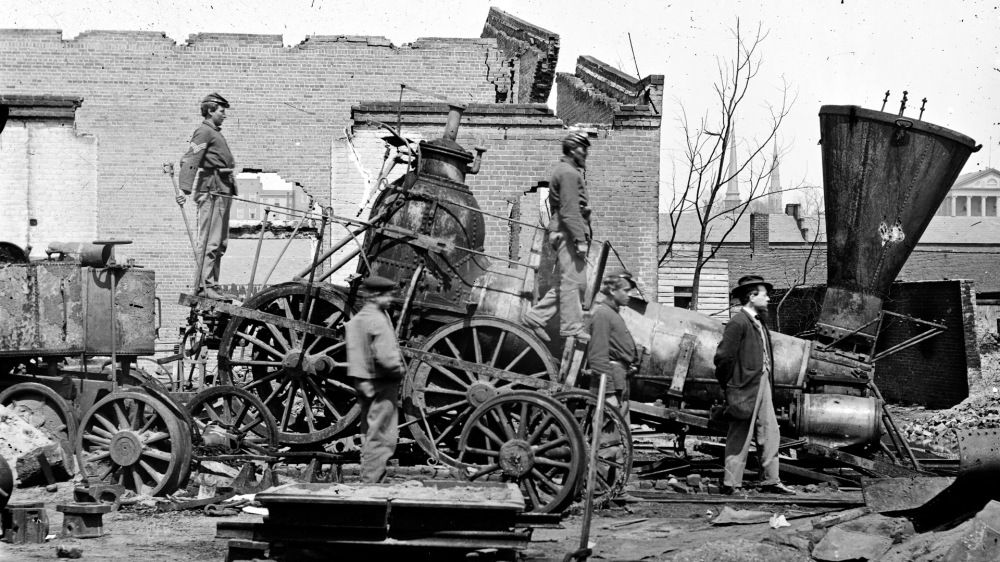
10. Post-War Reshaping: Modernity, Mayhem, and Monuments
The post-war decades saw Paris grappling with its past, charting a course for the future, and facing new social and political currents. The city found itself entangled in the Algerian War for independence in the 1950s and 60s, a period marked by profound tensions and violence within its own streets. Tragic events, such as the targeting of Parisian police by the FLN in 1961, led to curfews and subsequent violent clashes during peaceful Algerian protests, highlighting deep societal divisions. The anti-independence OAS also carried out a series of bombings, underscoring the era’s volatile atmosphere.
May 1968 brought another period of intense internal struggle, as protesting students occupied the Sorbonne and erected barricades in the Latin Quarter. This student-led movement quickly galvanized thousands of Parisian blue-collar workers, escalating into a two-week general strike that paralyzed the nation. Though government supporters eventually won the subsequent elections, the May 1968 events left an enduring legacy, notably leading to the reorganization of the historic University of Paris into 13 independent campuses, a significant restructuring of the city’s educational landscape.
Amidst these social shifts, Paris began to redefine its urban fabric and governance. In 1975, municipal autonomy was granted to Paris by the National Assembly, leading to the election of Jacques Chirac in 1977 as the city’s first mayor since 1793 – a truly landmark moment. New architectural statements emerged, like the controversial Tour Maine-Montparnasse, a skyscraper that, despite its imposing presence, remains a solitary exception to the city’s strict height regulations. Furthermore, the city’s infrastructure evolved dramatically with the introduction of the RER suburban railway and the completion of the Périphérique expressway, which encircles the city, improving connectivity but also contributing to a shift in population towards the suburbs. The recognition of the banks of the Seine, including beloved landmarks like the Louvre and the Eiffel Tower, as a UNESCO World Heritage Site in 1991 underscored the enduring historical and cultural value of central Paris. Meanwhile, a succession of postwar presidents continued the tradition of leaving their mark on the city, commissioning iconic monuments from the Centre Georges Pompidou and Musée d’Orsay to the Opéra Bastille, the new Bibliothèque nationale de France, the Arche de la Défense, the Louvre Pyramid, and the Musée du quai Branly, each adding a modern layer to Paris’s rich architectural tapestry.
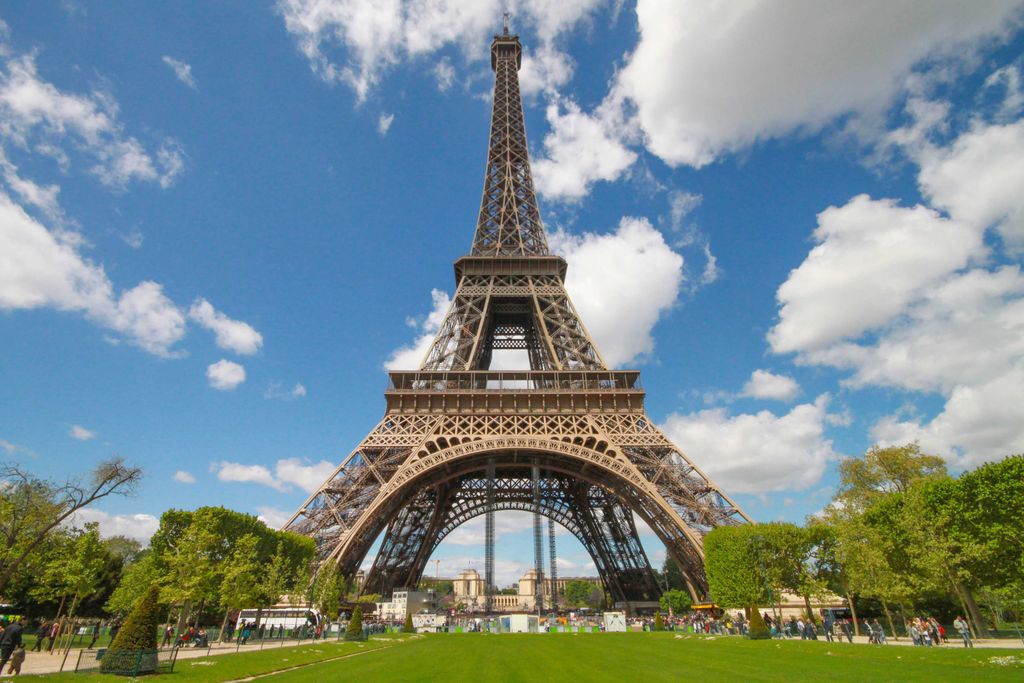
11. Paris in the 21st Century: Resilience, Renewal, and Rising to Challenges
The 21st century has seen Paris continue its dynamic evolution, embracing both new challenges and opportunities. After a period of decline in the late 20th century, the city’s population began to rebound, driven by an influx of young people, reaching 2.25 million by 2011, a vibrant testament to its enduring appeal. In 2001, Bertrand Delanoë made history as the first socialist mayor, a role he held for two terms, introducing innovative urban projects such as transforming a section of the Left Bank highway into the beautiful Promenade des Berges de la Seine, creating new public spaces for Parisians to enjoy.
Perhaps the most ambitious urban undertaking of this century is the Grand Paris project, launched by President Nicolas Sarkozy in 2007. This monumental initiative aims to integrate Paris more closely with its surrounding region, culminating in the creation of the Metropolis of Grand Paris in 2016, an administrative structure encompassing nearly 7 million people. A core component of this vision is the Grand Paris Express, an colossal €35 billion network of automated metro lines, scheduled for completion by 2030, which will dramatically enhance connectivity between Paris, its inner suburbs, airports, and high-speed rail stations, literally drawing the region closer together.
However, the early 21st century also tested Paris’s resolve with deeply painful events. A series of terrorist attacks in 2015, notably the Charlie Hebdo shooting in January and the coordinated November attacks, shook the city and the world, claiming many innocent lives. Yet, in the face of such tragedy, Parisians responded with unwavering solidarity, with 1.5 million people marching in support of freedom of speech and against terrorism, demonstrating the city’s indomitable spirit. Beyond these profound challenges, Paris has continued to shine on the global stage, hosting the signing of the Paris Agreement on climate change in 2016 and witnessing the reopening of the historic Bourse de Commerce as a contemporary art museum in 2021. And in a moment that touched hearts worldwide, the city rallied to restore the iconic Notre Dame Cathedral after a devastating fire in 2019, with its reopening in December 2024 symbolizing hope and renewal.

12. A Global Powerhouse: Government, Diplomacy, and Enduring Influence
Paris isn’t just a city of beauty and history; it is a bustling, indispensable center of global power and influence, truly living up to its ‘City of Light’ moniker. As the capital of France, it naturally serves as the seat of the national government. Here, the President of the French Republic resides in the majestic Élysée Palace, while the Prime Minister leads from the elegant Hôtel Matignon. Both houses of the French Parliament, the Senate and the National Assembly, conduct their crucial work on the Rive Gauche, in the Palais du Luxembourg and the Palais Bourbon, respectively, embodying the democratic heart of the nation. The city also hosts France’s highest courts, including the Court of Cassation and the Conseil d’État, reinforcing its role as a bedrock of justice and governance.
Beyond national governance, Paris is a beacon of international cooperation and diplomacy. It proudly hosts the headquarters of numerous vital global organizations, including the United Nations’ UNESCO, the Organisation for Economic Co-operation and Development (OECD), the European Space Agency (ESA), and the International Energy Agency, to name just a few. These institutions bring together leaders and experts from around the world, making Paris a critical forum for addressing global challenges and shaping international policy. This concentration of diplomatic and organizational power underscores Paris’s role as a true global crossroads.
Moreover, Paris is a city that celebrates culture, sports, and connectivity on a grand scale. It’s home to world-renowned sporting events like the French Open and proudly supports iconic clubs such as Paris St-Germain and Stade Français. In a testament to its enduring capacity for grand events, Paris has hosted the Summer Olympics an impressive three times, showcasing its ability to welcome the world. As of 2024, its status as one of only eight cities worldwide classified as an “Alpha+” city by the Globalization and World Cities Research Network speaks volumes about its unparalleled international connectedness and significance, affirming that Paris truly stands as a vibrant, indispensable, and eternally captivating global powerhouse.
Read more about: Unveiling the Powerhouse: Exploring the Foundational Strengths Behind America’s Advanced Naval Capabilities
And so, our journey through the captivating history of Paris comes to a close. From its humble origins as Lutetia to its current status as a global ‘Alpha+’ city, Paris has constantly reinvented itself, bearing witness to empires, revolutions, artistic explosions, and periods of profound resilience. It’s a city that lives and breathes history, yet consistently looks to the future, always vibrant, always relevant, and always, irrevocably, magnificent. The stories etched into its streets, the grandeur of its architecture, and the spirit of its people all combine to create a metropolis that is more than just a destination; it’s an experience, an inspiration, and a timeless testament to the enduring human spirit. Long live Paris, the true City of Light!




